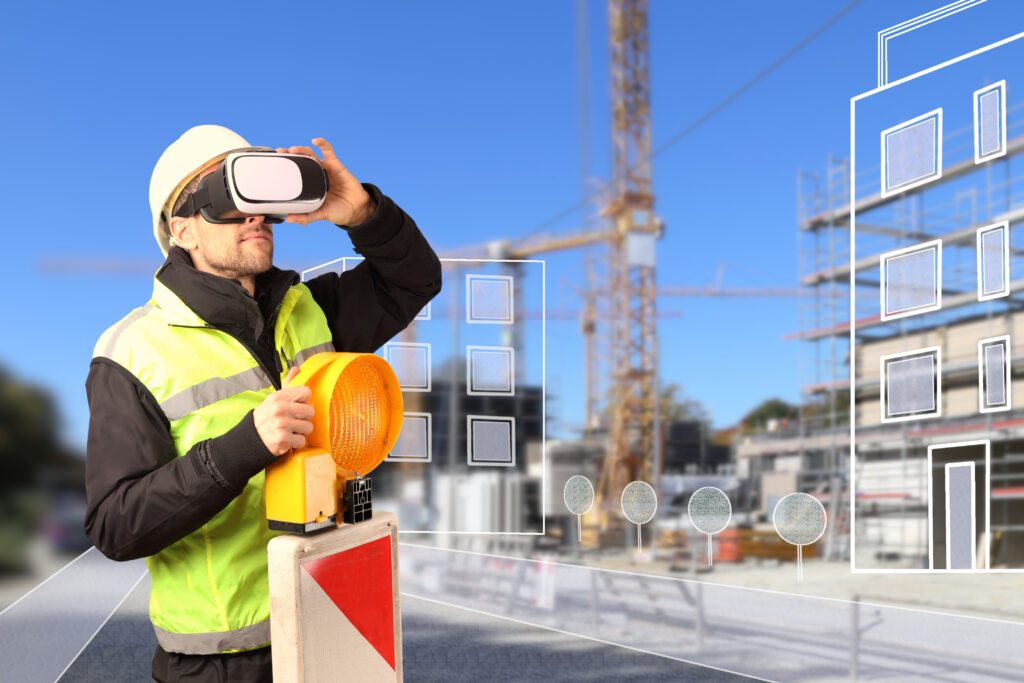Construction has often lagged behind other industries in embracing new technologies. But a confluence of circumstances – a pandemic, supply chain disruptions, rising material prices and labor shortages – could accelerate adoption, presenting builders and developers with a few learning curves and a few opportunities.
That’s one conclusion of Andrew McCoy, PhD and Armin Yaganeh, PhD, co-authors of a NAIOP Research Foundation report on “Emerging Construction Technologies.”
“Conditions are primed for people to say, we can’t do it the way we used to. We are hearing people say, we can’t stick build anymore. So, I think you are going to see rapid change,” McCoy said.

Nearly 75 percent of construction professionals are “currently using one or more emerging technologies, such as building information modeling (BIM), wearable sensing devices, jobsite mobile devices, radio frequency identification, laser scanning, quick response codes or camera network systems,” the report states.
Increasingly, construction professionals are utilizing more advanced technologies, including mass timber construction, robotics, autonomous construction vehicles and augmented or virtual reality systems. Additive manufacturing (AM) or 3D printing is also becoming a more feasible and more desirable technology for some construction projects, according to the report’s authors.
“Additive manufacturing allows for the on-site or off-site prefabrication of objects using different materials, including those based on cement/sand, fiber, polymers, metals and glass,” Yaganeh said. “AM can produce geometrically complex components while minimizing costs, time requirements, labor, energy and material use.”
AM systems, for example, could quickly fabricate customized parts to satisfy unique conditions in a renovation or individualized requests from a customer.
Pre-fabrication, according to the report, is positioned to grow significantly. Working with laser scans of facilities or BIM models of projects, mechanical contractors “can prefabricate every piece of ductwork so that it shows up at a jobsite in pallets that say exactly where everything goes,” McCoy said.
Modular construction of permanent commercial buildings grew from 2.43 percent in 2015 to 4.05 percent in 2020 as it proved to be more affordable than panelized construction. On average, it lowers construction costs by about 10 percent while assuring high-quality construction and enabling more rapid delivery.
Now some construction technology developers are combining digital modeling, digital manufacturing, building information modeling, smart building systems and data analytics to deliver enhanced benefits to commercial building owners and tenants. Using those technologies, developers can create a digital twin of a building. At the same time, they place sensors around the actual building to monitor air quality, heat, movement, sound, moisture readings, seismic vibrations, energy consumption, etc.
“That information can be attached to the digital twin so you can quickly understand how the building is performing in all sorts of areas and you can anticipate or prevent maintenance issues,” McCoy said. “Over the long term, that allows you to manage the asset better with lower risk. You could even possibly guarantee a tenant a certain level of energy use or air quality. Those capabilities are becoming more valuable. They could demonstrate the superior quality of your building and help attract customers.”